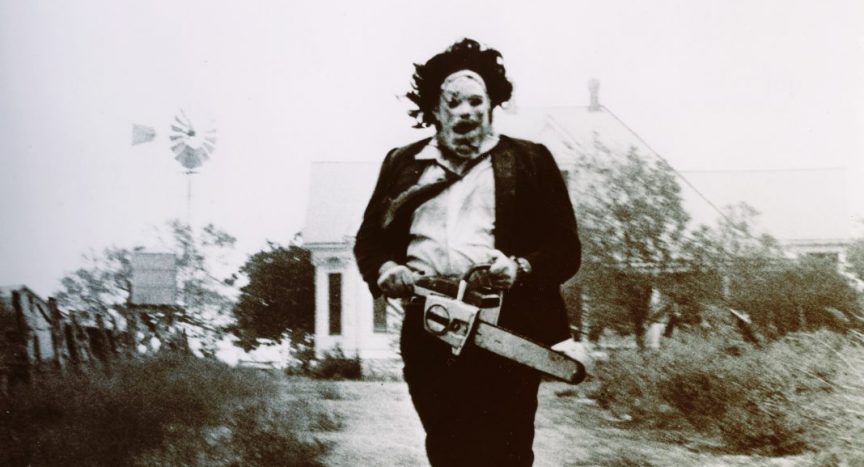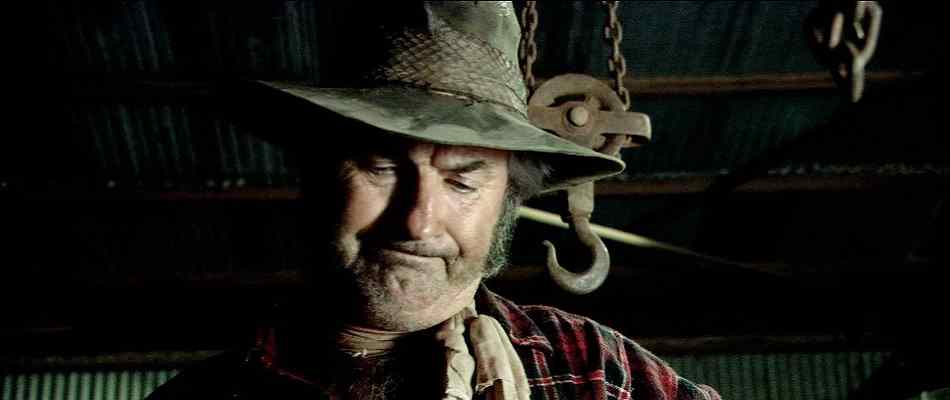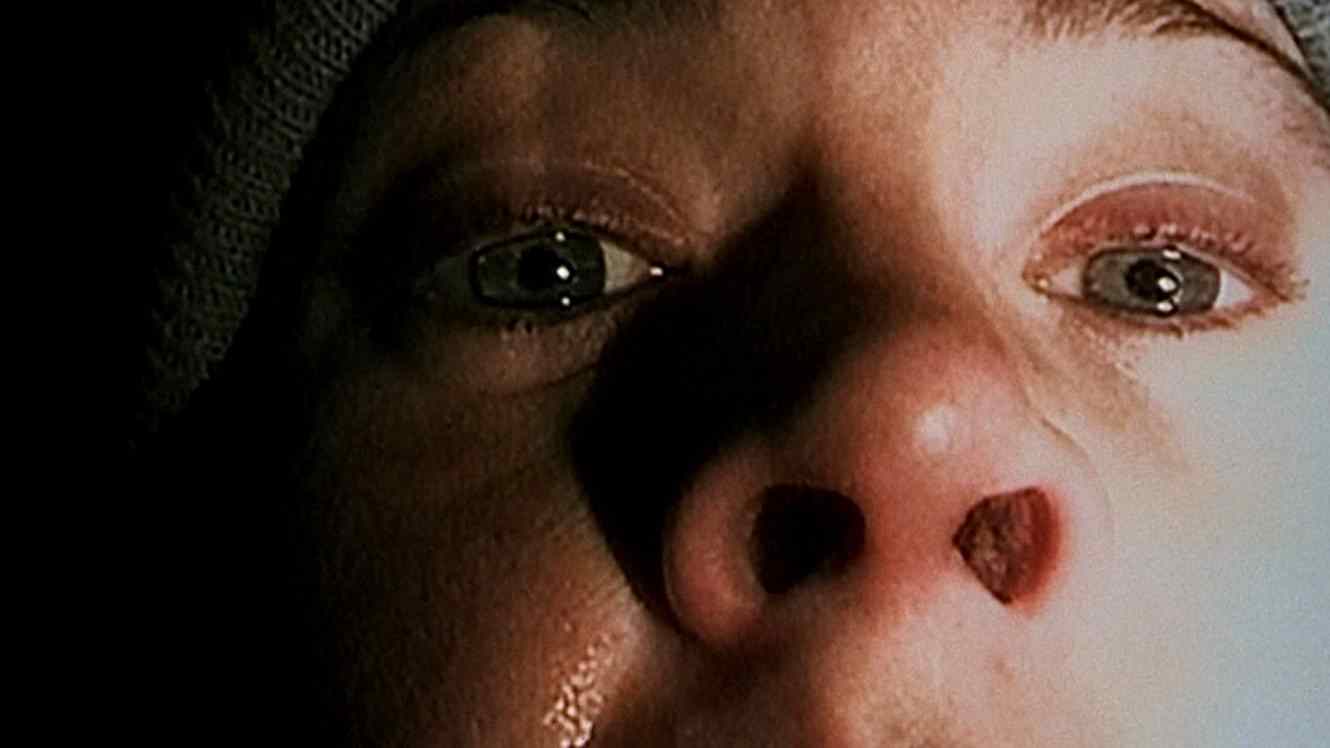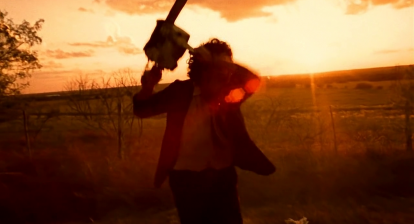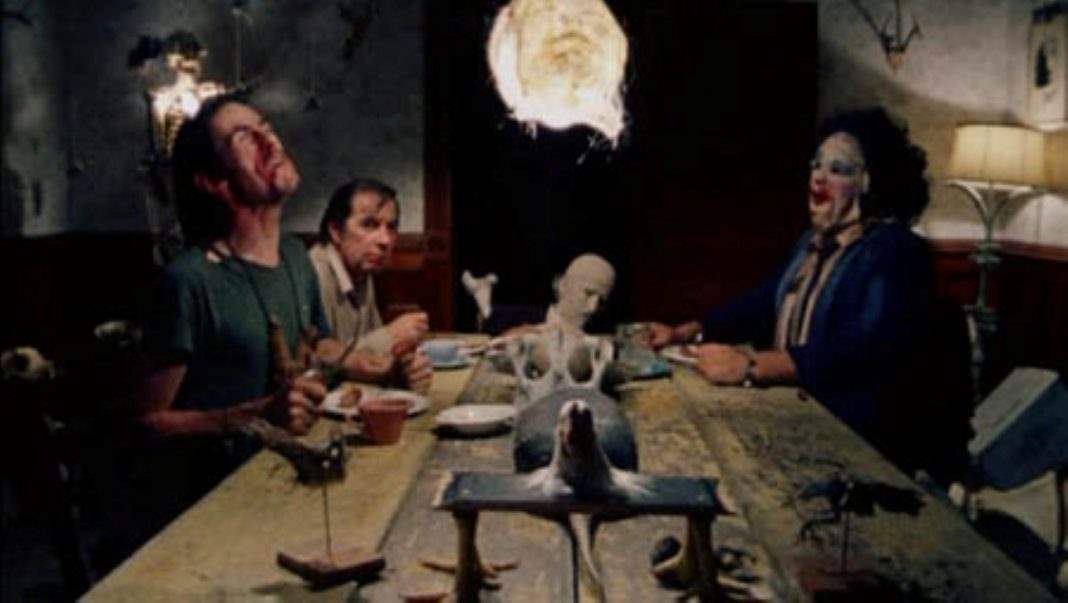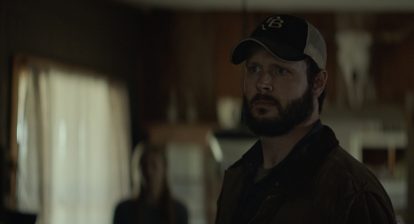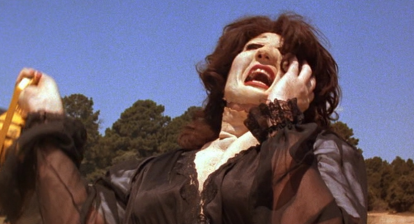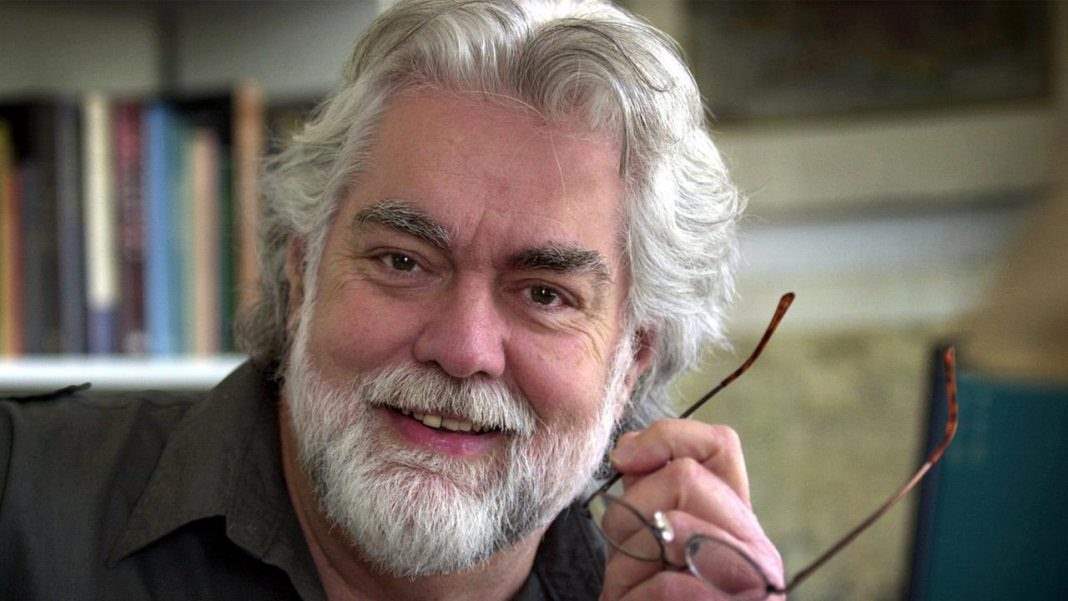If you want to get someone to watch a horror movie, even if they don’t particularly like the genre, tell them it’s based on a true story. Then they’ll want to watch, they’ll want to get all of their friends to watch, they’ll even want to make a whole event of it. Even though movies—especially horror movies—are a form of escapism, people always want to believe they really happened. The only problem here is that for people to believe that, a movie need only have the words “inspired by actual events” or “based on a true story” printed somewhere on the market collateral. Many movies do take their inspiration from headlines or actual horrific events. But for every one of those there is a film that takes very little inspiration, sometimes none at all, from real-life events but claims to be 100% true. Here are movies that people are still talking about as if they actually happened, when the truth is anything but.
Wolf Creek
Greg McLean’s Wolf Creek, while one of the best horror titles of the past decade, is not by any means based on a true story. McLean’s always readily admitted that the psychotic antagonist Mick Taylor is pure invention, a character that was rolling around in the writer/director’s head for some time before finally emerging onto the screen. So if the antagonist is completely fictional, it really makes you wonder what part of the events were supposed to be based on true events. It’s even hard to watch the feature as such because the sole survivor who is supposed to be the one to relay the events to authorities doesn’t actually witness anything. He’s knocked out before the horror starts and wakes up right after. The film reportedly takes a modicum of inspiration from The Australian Backpacker Murders that occurred in the ’90s.
The Fourth Kind really took the business of “No, seriously, I swear we’re based on a true story” way too far. It begins with the cast actually going up to the camera and introducing themselves as actors playing the part of real people in a dramatization of the events. These scenes are intertwined with supposed actual footage that just make the whole thing really hard to watch. While I don’t think a found footage movie needs to be found footage all the time, this is definitely not the way to do it. The real segments were pretty obviously not and just bogged down what could have been an interesting storyline on its own. Worse even, the feature tried to take full advantage of the viral marketing capabilities that Blair Witch Project did not have at the time it was made. Universal created a site with various news stories about the alien abductions and interviews supposedly taken from real Alaska newspapers, all of which was obviously fake. The newspapers subsequently sued Universal and the site was taken down. People bought into it, though, and there are still tons who believe that all of this happened exactly the way it was depicted in the film.

The Strangers
As much as The Strangers is a really great movie, it’s not based on a true story. It’s not even really inspired by a true story. The only inspiration in this case is that director Bryan Bertino once answered the door as a child to a mysterious stranger asking for someone who was not there. The next morning, he discovered that all the surrounding houses had been robbed. It also heavily borrows from the French film, Them. More than anything, this is one of the ones that kind of slapped the phrase onto the poster to see if it would be good for business, and it was. What makes people buy into The Strangers is that it is entirely plausible. It’s a home invasion thriller where two people are tormented by people in masks. The movie is definitely scary and definitely impressive, but based on a true story? Not so much.

The Blair Witch Project
The fact that very few people realized—for a few years—that The Blair Witch Project did not actually happen is on the worldwide audience more than the filmmakers. The movie looked real, so everyone assumed that it was. Found footage was not an everyday occurrence, like it is now. This film was made in the marketing. It was made for well under $1 million, but over $25 million was spent in marketing. And by all accounts it was money well spent because it was a box office phenomenon, grossing over $200 million worldwide. The posters and trailer stated that the kids in the movie were never found, so people assumed that they died even though some of the actors were still doing the press tour for the movie, especially just after it was released. Nonetheless, people held onto this one for years, believing not only that it was based on some supposed true story, but that everything they were looking at was actually real. A tie-in mockumentary about the Blair Witch, titled Curse of the Blair Witch, only helped fuel the fire.
There’s no movie that claimed to be true that held a more prominent spot in the public consciousness than Tobe Hooper’s The Texas Chain Saw Massacre. While loosely based on serial killer Ed Gein, far too many people believed—and still believe—that this all happened almost exactly the way it was depicted onscreen. People still go up to the cast at conventions and berate them for profiteering off the victims. They say that they knew someone who knew someone that died, or that they had a family member share a cell with Leatherface in prison. It’s astounding how much people still hold onto the belief that this movie was real. If anything, it’s a testament to the film’s power, because it does feel real. Even though it’s the furthest thing from a documentary, it feels like one just in how unrelentingly raw it is.
Also See: Script to Pieces: Beyond the Valley of the Texas Chainsaw Massacre

